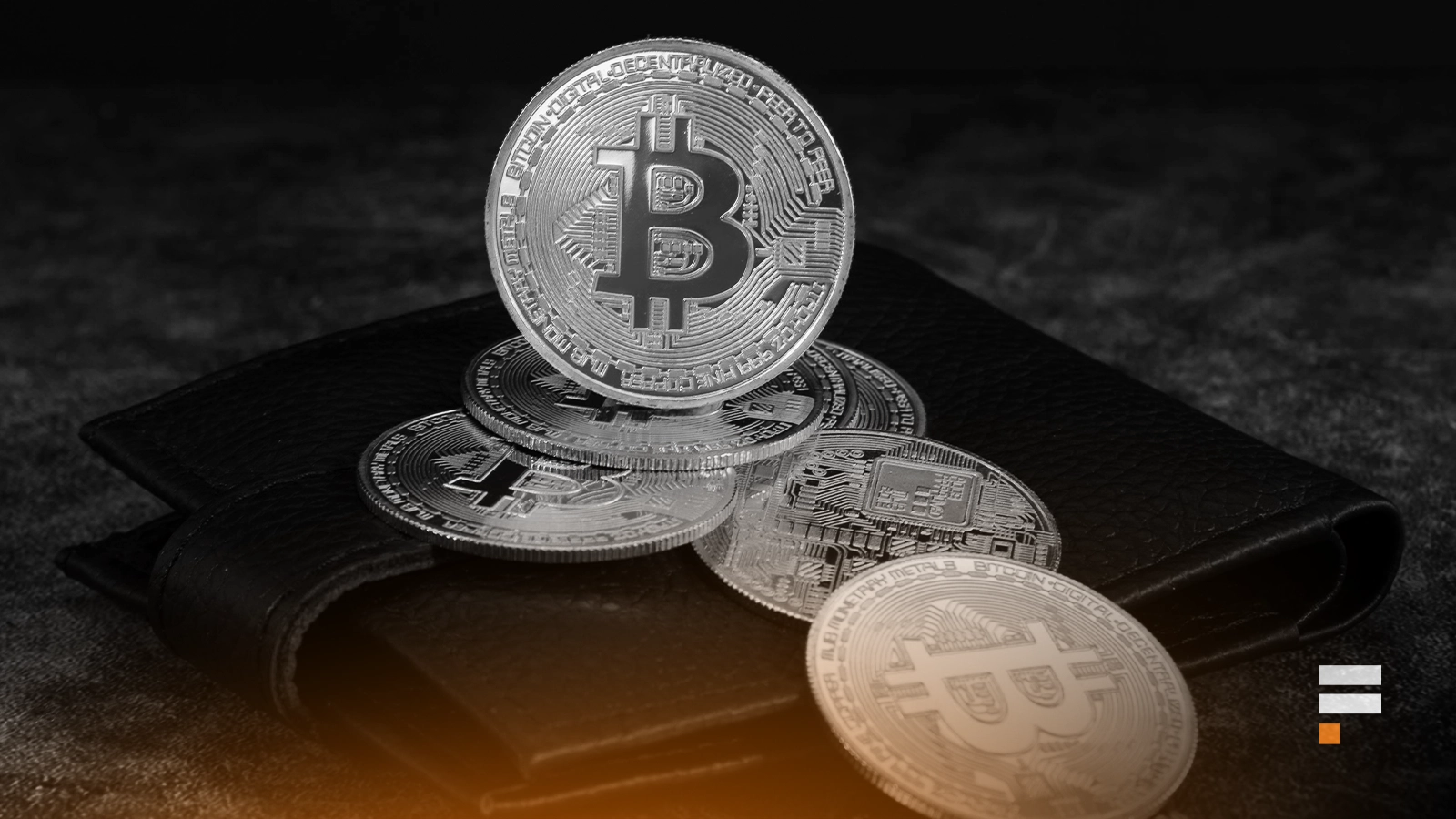Your cart is currently empty!
Stablecoins in DeFi: Unveiling the Hidden Dangers Beyond Peg Stability
Last updated on

In this article, we’ll dive deep into the world of stablecoins in DeFi, exploring their foundational role while specifically unveiling the hidden dangers beyond peg stability that often go unnoticed. While stablecoins promise a safe haven from crypto volatility, they harbor complex risks, particularly concerning centralization and inherent design flaws, that demand careful consideration for anyone participating in decentralized finance. This piece aims to provide a comprehensive and practical guide for understanding and mitigating these less-discussed vulnerabilities.
The Allure of Stablecoins in DeFi: Why They’re Crucial
Stablecoins in DeFi serve as the backbone of decentralized finance, offering a crucial bridge between the volatile cryptocurrency market and traditional fiat currencies. Their primary appeal lies in their promise of price stability, theoretically maintaining a 1:1 peg with assets like the US dollar. This stability allows users to engage in various DeFi activities – from lending and borrowing to trading and yield farming – without the constant worry of extreme price fluctuations. This section will elaborate on how these digital assets facilitate liquidity and provide a less volatile medium of exchange within the ecosystem.
Understanding Stablecoin Peg Stability: A Constant Battle
While often presented as “stable,” maintaining their peg is a continuous challenge for stablecoins. This isn’t just about the occasional wobble; it involves complex mechanisms that can be tested under market stress, highlighting some of the initial dangers beyond peg stability, particularly for those engaging in DeFi Yield Farming 2025 strategies.
Mechanics of Stablecoin Pegging: How It (Supposedly) Works
Most stablecoins achieve their peg through various collateralization methods:
- Fiat-backed: Collateralized by traditional currencies (e.g., USDT, USDC).
- Crypto-backed: Over-collateralized by other cryptocurrencies (e.g., DAI).
- Algorithmic: Relying on smart contracts and supply-demand mechanisms (e.g., UST, though largely failed).
Each method has its strengths and, more importantly, its unique vulnerabilities that contribute to the broader risks of stablecoins in DeFi.
Historical De-pegging Incidents: Learning from Past Stablecoin Failures
We’ve seen several instances where stablecoins lost their peg, sometimes catastrophically. Factors contributing to de-pegging include:
- Market sell-offs: Extreme market volatility can put immense pressure on collateral.
- Regulatory scrutiny: Uncertainty around regulations can erode trust in stablecoins.
- Protocol failures: Bugs or design flaws in algorithmic stablecoins.
- Lack of transparency: Insufficient audits or unclear reserves.
Unveiling Deeper Dangers: Centralization and Counterparty Risks in Stablecoins
The “decentralized” aspect of DeFi often creates a false sense of security regarding stablecoins. Many popular stablecoins in DeFi, despite their use in decentralized protocols, carry significant centralization risks. This is a critical factor when discussing the true nature of stablecoins’ hidden dangers.
The Stablecoin Centralization Paradox: Who Controls Your “Decentralized” Money?
Many fiat-backed stablecoins are issued by centralized entities. This introduces counterparty risk, meaning you’re trusting a company to hold the underlying assets and honor redemptions for your stablecoin holdings.
- Single Points of Failure: If the issuing entity faces regulatory action, insolvency, or technical issues, the stablecoin’s peg and liquidity could be severely impacted.
- Censorship Risk: Centralized issuers might freeze or blacklist addresses, conflicting with the core ethos of decentralization in DeFi.
Stablecoin Transparency and Audit Concerns: Are the Reserves Really There?
A major concern with centralized stablecoins is the verification of their reserves. Regular, independent, and verifiable audits are crucial but often fall short.
| Stablecoin Type | Collateral | Centralization Risk | Transparency Challenge |
| Fiat-backed | Fiat | High | Verifying reserves |
| Crypto-backed | Crypto | Low-Medium | Liquidation risks |
| Algorithmic | None | Medium-High | Design flaws |
Export to Sheets
Chart 1: Stablecoin Types and Associated Risks in DeFi
Beyond Pegging: Smart Contract Risks and Broader Ecosystem Vulnerabilities
Even beyond peg stability and centralization, stablecoins in DeFi are susceptible to risks inherent in the broader DeFi ecosystem, representing additional dangers beyond initial stability concerns.
Smart Contract Vulnerabilities: When Code Impacts Stablecoins
Stablecoins, especially those built on smart contracts (like algorithmic or crypto-backed ones), are only as secure as their underlying code.
- Bugs and Exploits: Malicious actors can find vulnerabilities in smart contracts, leading to loss of funds or de-pegging events. For example, the Parity Wallet hack or the DAO hack, though not directly stablecoin-related, highlight the risks of smart contract vulnerabilities in the broader ecosystem that could affect DeFi stablecoins.
- Oracle Manipulation: Stablecoin protocols often rely on external data feeds (oracles). If these are compromised, the stablecoin’s price or collateralization could be manipulated. The bZx flash loan attacks in early 2020 demonstrated how oracle manipulation could be leveraged against DeFi protocols, potentially impacting stablecoins.
Interconnectedness and Contagion Risk: Systemic Threats to Stablecoins
Stablecoins are deeply integrated into the DeFi landscape, used across multiple protocols for various purposes.
- Cascading Failures: A major issue with one widely used stablecoin can trigger a domino effect across the entire DeFi ecosystem, impacting lending protocols, DEXs, and yield farms. The Terra-Luna collapse in May 2022 is a stark example of how the de-pegging of an algorithmic stablecoin (UST) led to massive contagion across the entire crypto market, revealing significant dangers beyond peg stability.
- Liquidity Crises: If confidence in a stablecoin erodes, mass redemptions or sales can drain liquidity, leading to further de-pegging.
Advancing Transparency and Mitigating Risks: The Future of Stablecoins in DeFi
Addressing the hidden dangers beyond peg stability requires continuous innovation and a commitment to transparency. The evolution of stablecoins in DeFi hinges on these advancements.
The Rise of Proof of Reserves (PoR) and Enhanced Audits for Stablecoins
To counter concerns about opaque reserves, Proof of Reserves (PoR) mechanisms are gaining traction for stablecoins. This involves cryptographic proofs or regular, publicly verifiable audits to confirm that an issuer holds the assets they claim. While still evolving, reputable PoR implementations offer a higher degree of assurance for stablecoin users.
Innovations in Decentralized Stablecoin Designs for Reduced Risk
The industry is constantly exploring new designs for stablecoins aiming to reduce centralization:
- Over-collateralized decentralized stablecoins: Projects like MakerDAO’s DAI, backed by a diversified basket of crypto assets, aim to minimize reliance on single points of failure, offering a more resilient option for stablecoins in DeFi.
- New algorithmic approaches: Though the UST collapse was a setback, research continues into resilient algorithmic designs that don’t rely solely on arbitrage and may incorporate real-world assets or more robust stabilization mechanisms. For instance, some newer models aim for capital efficiency while maintaining decentralization through diversified collateral or novel stability modules, addressing the dangers of stablecoins.
The Role of Decentralized Governance in Stablecoin Risk Management
For decentralized stablecoins, community governance plays a crucial role in risk mitigation. Token holders vote on critical parameters like collateral ratios, debt ceilings, and emergency shutdowns, allowing for a more agile response to market conditions and potential threats. This collective decision-making can help address vulnerabilities that might arise in DeFi stablecoins.
The Evolving Regulatory Landscape: Shaping the Future of Stablecoins
The increasing awareness of dangers beyond peg stability has spurred global regulators to develop frameworks for stablecoins, directly impacting their role and risks within DeFi.
Key Regulatory Initiatives and Their Impact on Stablecoins (e.g., MiCA, Lummis-Gillibrand)
Governments worldwide are recognizing the systemic importance of stablecoins.
- MiCA (Markets in Crypto-Assets) in the EU: This landmark regulation introduces comprehensive rules for crypto assets, including stablecoins, focusing on consumer protection, market integrity, and financial stability. It mandates clear reserve requirements and issuer authorization for stablecoins, a crucial step given how deeply crypto macro factors influence the broader market and asset stability.
- Proposed US Legislation (e.g., Lummis-Gillibrand Bill): While not yet passed, proposals in the US aim to establish clear regulatory oversight for payment stablecoins, often requiring them to be issued by regulated entities and hold one-to-one reserves.
Implications for Centralized vs. Decentralized Stablecoins in DeFi
Regulatory efforts are likely to differentiate between fiat-backed centralized stablecoins and truly decentralized ones. Centralized stablecoin issuers may face stricter capital requirements, audit mandates, and consumer protection rules. This could potentially push some DeFi activities towards more decentralized alternatives or encourage existing centralized stablecoins to enhance their transparency.
The Interplay with Central Bank Digital Currencies (CBDCs) and Stablecoins
The development of CBDCs by central banks worldwide could also influence the stablecoin market. While CBDCs offer state-backed digital currency, they may coexist with stablecoins, serving different use cases and risk appetites within the broader digital economy. Understanding this interplay is key to comprehending the future of stablecoins in DeFi.
Practical Guidance for DeFi Participants: Navigating Stablecoin Risks
Understanding these hidden dangers beyond peg stability is the first step. Here’s how you can make more informed decisions when interacting with stablecoins in DeFi:
- Diversify Your Stablecoin Holdings: Don’t put all your eggs in one basket. Use a mix of different stablecoins (USDT, USDC, DAI, etc.) to mitigate issuer-specific risks.
- Understand the Collateralization Model: Know how your chosen stablecoin maintains its peg. Is it fiat-backed? Crypto-backed? Algorithmic? Each has a different risk profile.
- Check for Regular, Reputable Audits: For centralized stablecoins, look for clear and recent audit reports from trusted third parties verifying their reserves. Pay attention to the scope and independence of these audits.
- Monitor On-Chain Data and Transparency: For decentralized stablecoins, track their collateralization ratios and protocol health on-chain. Utilize tools that provide real-time data on these metrics.
- Stay Informed About Regulatory Developments: The regulatory landscape for stablecoins is evolving. Keep an eye on news that could impact their operations or legality, especially in key jurisdictions.
- Assess DeFi Protocol Risks: When using stablecoins in a DeFi protocol, also evaluate the risks of that specific protocol (smart contract audits, team reputation, TVL). A secure stablecoin can still be at risk if used in a vulnerable protocol.
Conclusion: A Pragmatic Approach to Stablecoins in DeFi
While stablecoins in DeFi are indispensable for the ecosystem’s functionality, it’s crucial to approach them with a clear understanding of their inherent vulnerabilities. The focus often remains on peg stability, but as we’ve unveiled the hidden dangers beyond peg stability, it’s clear that centralization, smart contract flaws, and systemic risks pose significant threats. The ongoing efforts in Proof of Reserves, decentralized stablecoin design, and the evolving regulatory landscape aim to mitigate these concerns, but user diligence remains paramount. By diversifying holdings, scrutinizing collateralization models, demanding transparency, staying informed about regulatory shifts, and evaluating protocol risks, users can navigate the complex stablecoin landscape more safely. A pragmatic and well-informed approach is essential for leveraging the benefits of stablecoins while mitigating their less obvious, but equally potent, risks.




Leave a Reply